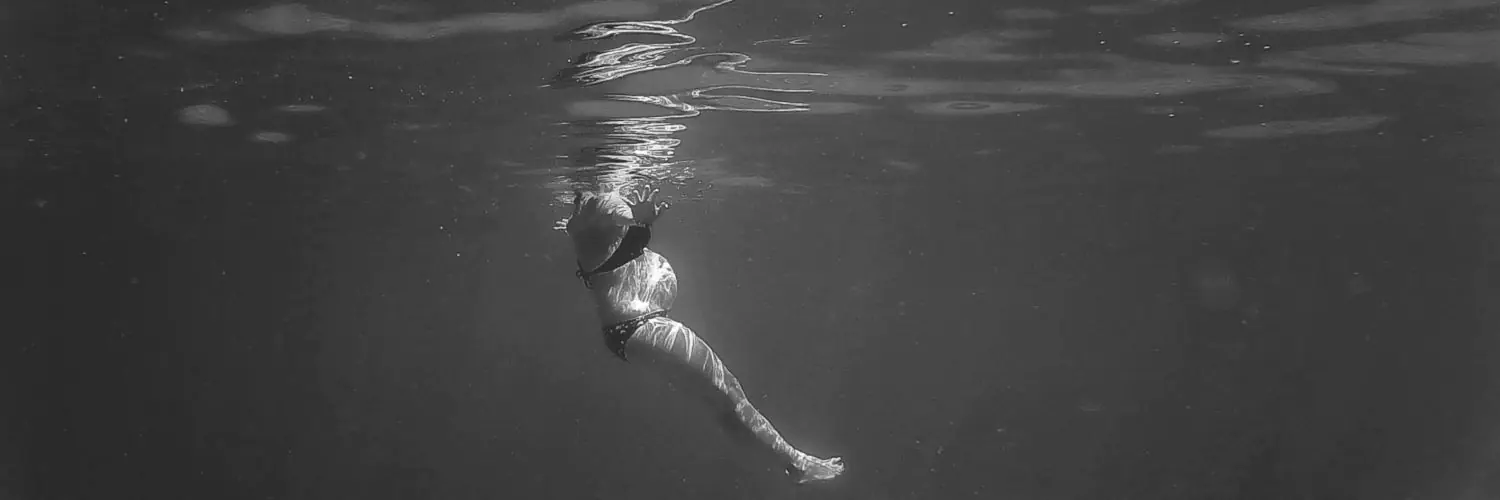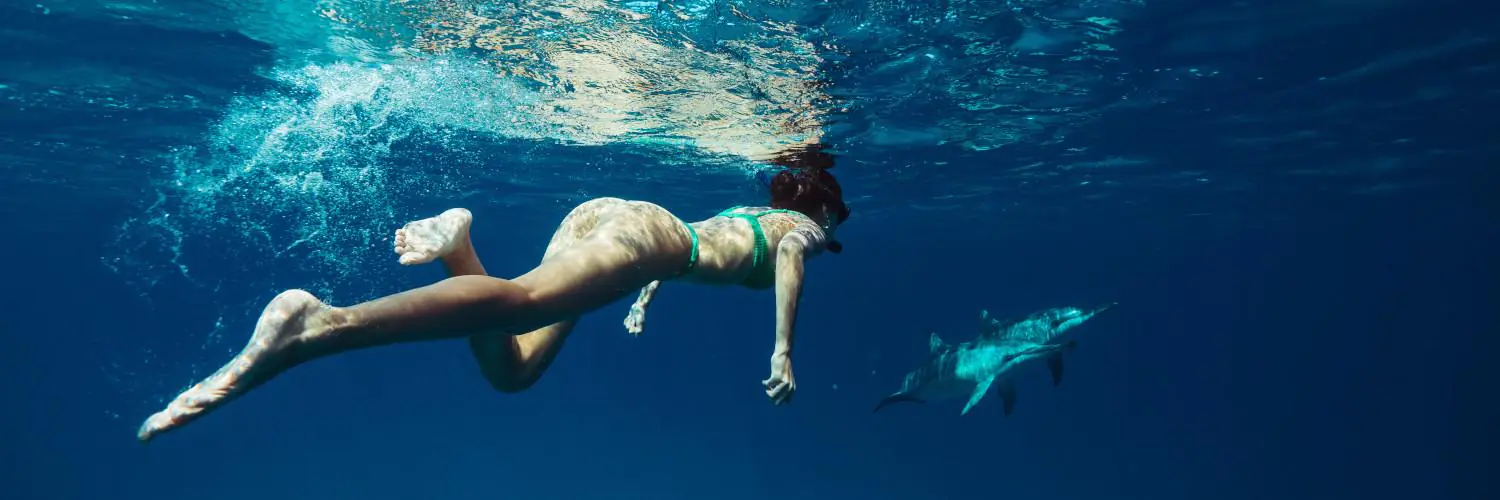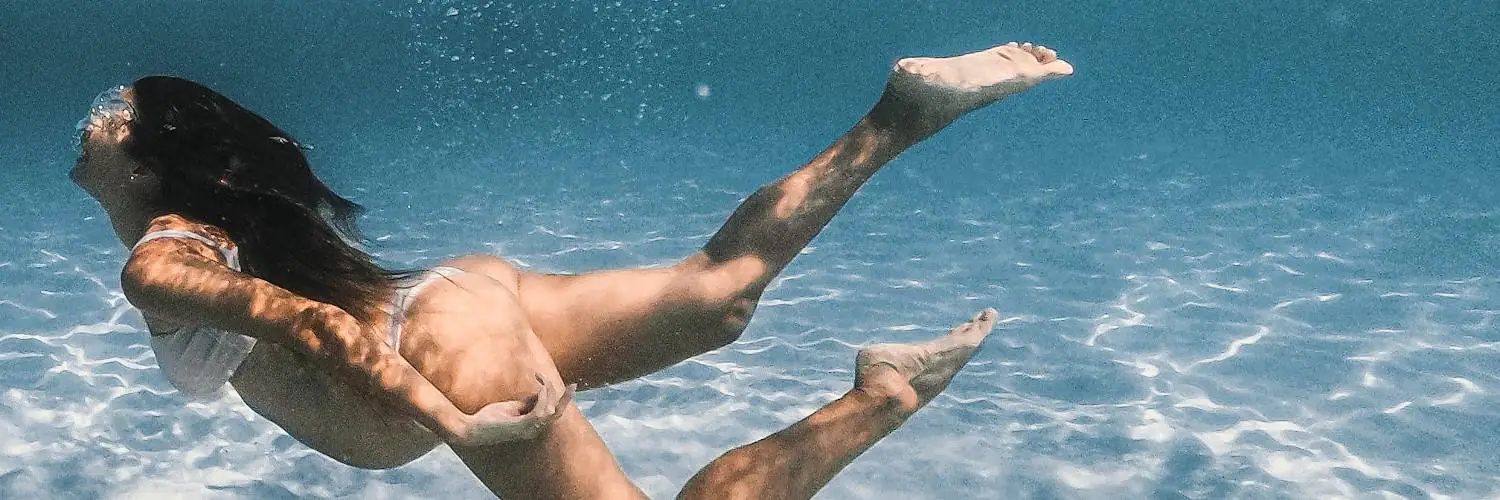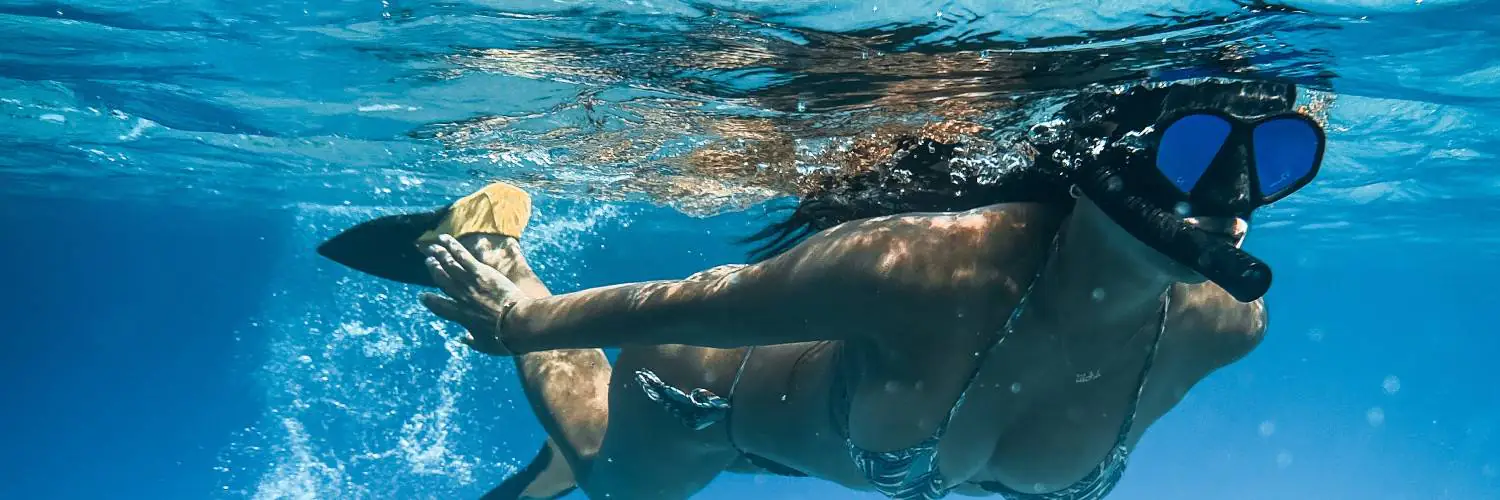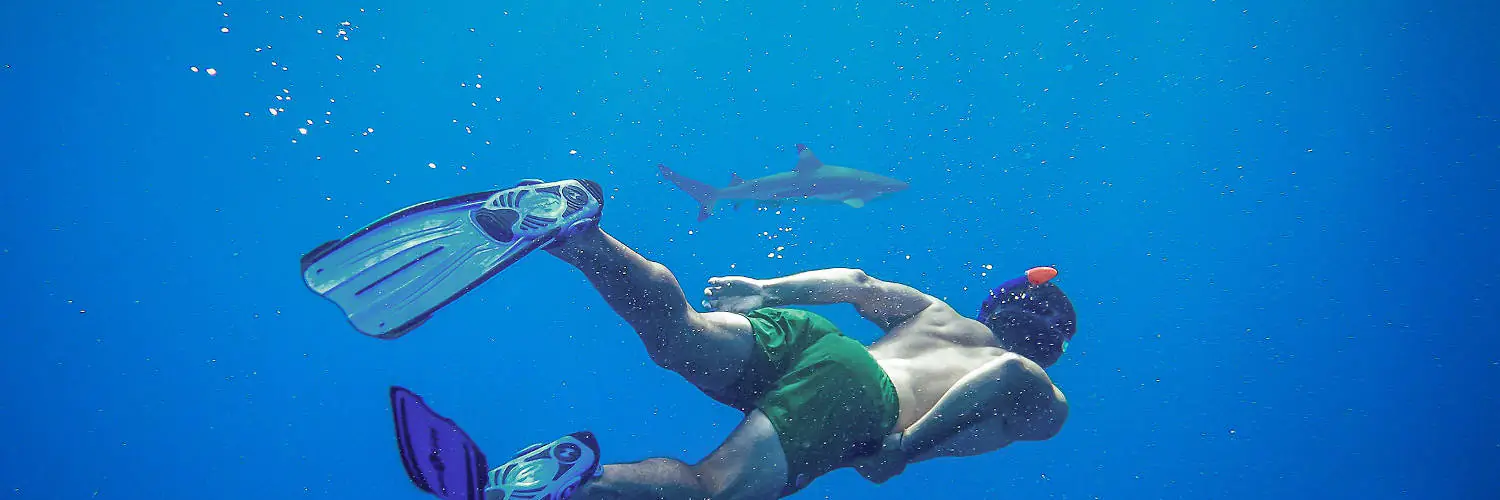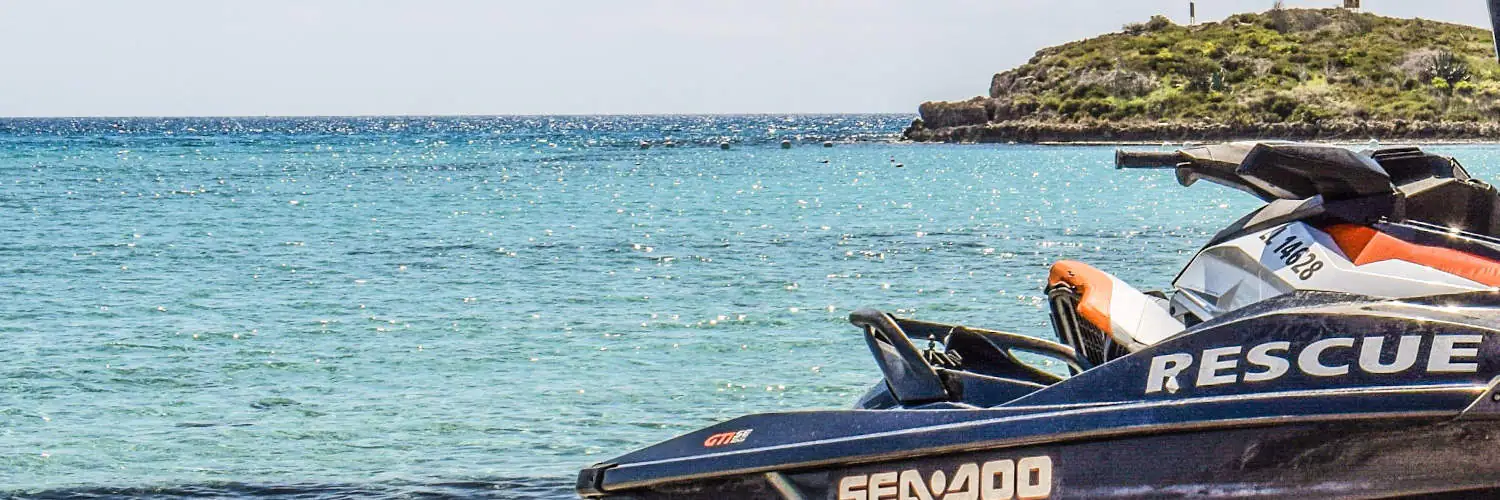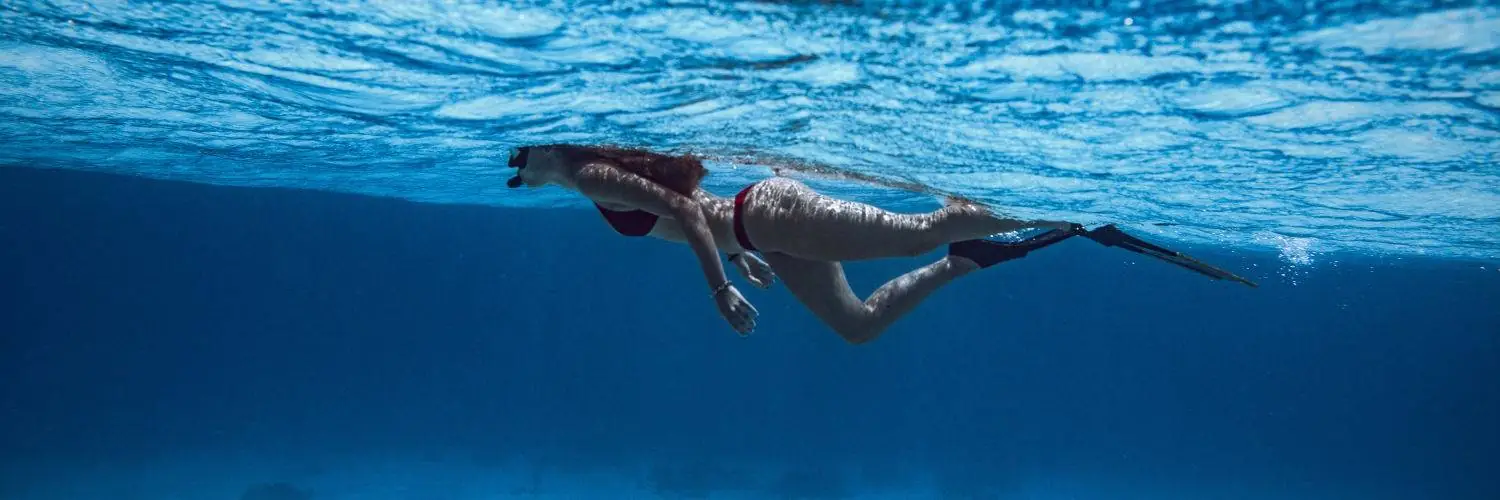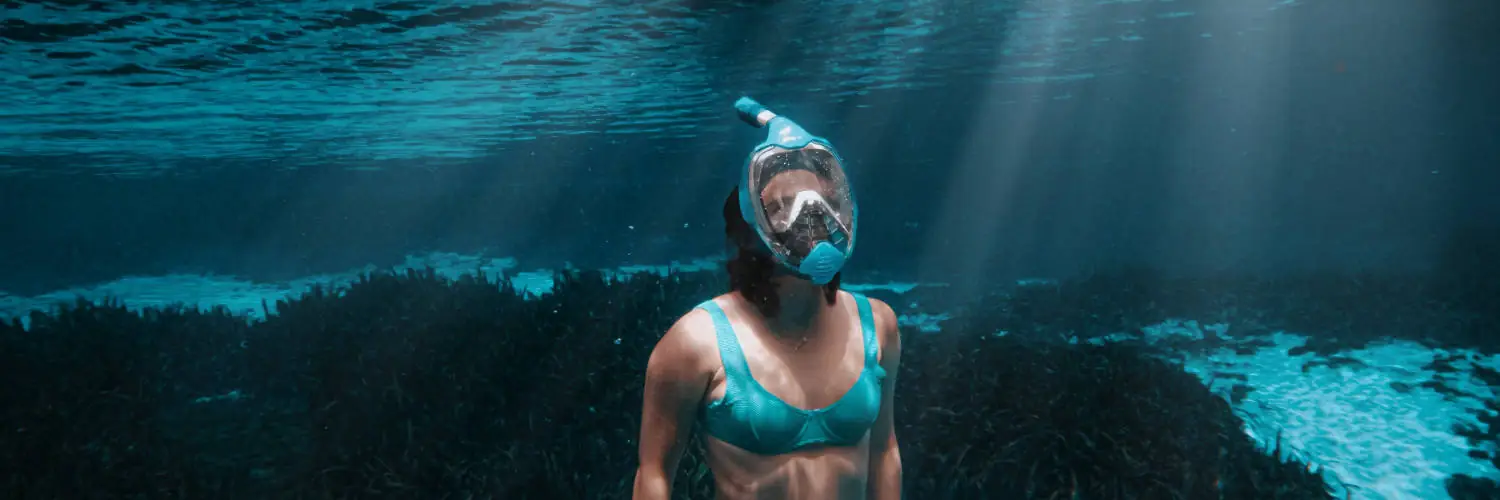Table of Contents
Snorkeling Float Essentials: Choosing the Right Buoyancy Aid for Your Adventure
Snorkeling is a popular water activity that offers an up-close view of underwater life and landscapes. It is accessible to most and requires minimal equipment, making it a favorite among water enthusiasts and adventure seekers. To ensure a safe and enjoyable snorkeling experience, especially for beginners or those less confident in water, the use of a snorkeling float is often recommended.
A snorkeling float, often referred to as a snorkel vest or flotation device, is designed to provide additional buoyancy in the water. It aids in conserving energy, which is particularly beneficial during extended periods in the water. These floats come in various designs and sizes to accommodate different body weights and preferences, with some capable of supporting up to 220 pounds.
When snorkeling, safety is paramount. The float serves not only as a buoyancy aid but also as a visibility tool, making the snorkeler more noticeable to watercraft operators in the vicinity. While not every snorkeler may choose to use a flotation device, it is an important piece of safety equipment that can enhance the snorkeling experience, allowing individuals to focus on the marine environment without the worry of staying afloat.
Understanding Snorkeling Floats
When snorkeling, the use of flotation devices enhances safety and comfort, allowing snorkelers to conserve energy and enjoy their experience without undue fatigue or risk.
Types of Flotation Devices
The primary categories of flotation devices utilized in snorkeling include personal flotation devices (PFDs), snorkel vests, and flotation belts. PFDs range from near-shore buoyant vests to inflatable life jackets. Snorkel vests are specifically designed for snorkelers, providing buoyancy without hindering movement. Meanwhile, flotation belts offer a discreet buoyancy aid, supporting the snorkeler’s position in the water.
- Personal Flotation Devices (PFDs): These are often jackets or vests with inherent buoyancy or are inflatable. Regulations may dictate their use in certain areas.
- Snorkel Vests: Light and less bulky, designed to increase visibility and floatation while allowing free movement.
- Flotation Belts: These are worn around the waist and are typically used in calm waters to provide a gentle lift.
Importance of Buoyancy Aids
Buoyancy aids, such as a snorkel vest or a flotation belt, contribute significantly to a snorkeler’s safety and endurance. They keep a person afloat with minimal effort, thereby reducing the risk of fatigue-related accidents. For beginners, buoyancy aids are essential in building confidence in the water.
Choosing the Right Float
Selecting an appropriate flotation device involves considering water conditions, personal comfort, and snorkeling skill level. For instance, calm waters with minimal currents might only require a light buoyancy aid such as a flotation belt, whereas rougher conditions may necessitate a sturdier life vest or a PFD that comes with additional safety features. It is vital to ensure that the chosen device does not inhibit the snorkeler’s movements or breathing apparatus.
Snorkeling Safety and Regulations
When snorkeling, safety is paramount. Compliance with regulations, particularly those set by the U.S. Coast Guard, provides a framework for snorkelers to enjoy the underwater world while minimizing risks.
Safety Measures
Adhering to safety measures is essential in snorkeling. They’re designed to protect participants from common hazards related to water activities. The following points are crucial:
- Buddy System: Always snorkel with a partner to offer immediate assistance in case of emergencies like cramps or fatigue.
- Personal Flotation Devices (PFDs): While not mandatory, the use of PFDs, or life jackets, is highly recommended for beginners to conserve energy and enhance buoyancy in the water.
- Equipment Check: Regular inspection of snorkeling gear, such as masks and fins, ensures proper functioning and helps prevent accidents or discomfort.
U.S. Coast Guard Regulations
The U.S. Coast Guard (USCG) has specific guidelines related to snorkeling equipment and safety.
- Life Jackets: Under USCG regulations, having a life jacket on board a vessel is obligatory, and it encourages snorkelers to use life jackets for their safety.
- Size and Fit: Life jackets and PFDs must fit properly. The USCG approves devices based on size and weight specifications for optimal safety.
- Visibility in Water: USCG approved PFDs for snorkeling must be brightly colored or have reflective materials to increase visibility in the water.
By observing safety measures and understanding U.S. Coast Guard regulations, snorkelers can enjoy a safer experience while conserving energy and reducing risks.
Gear and Equipment
Selecting the right gear is critical for both safety and enjoyment in snorkeling. The right equipment aide’s buoyancy and enhances the snorkeling experience. Durable materials and proper fit are key considerations.
Essential Snorkeling Gear
The foundation of snorkeling gear comprises a mask, snorkel, and fins. A mask should have a comfortable strap and offer a clear field of vision. Silicone straps are preferable as they are both durable and comfortable. The snorkel’s mouthpiece needs to be comfortable for extended periods, and a semi-dry or dry top keeps water out more effectively. Fins should fit snugly but not so tight as to cut off circulation; they should also be appropriate for the water conditions—longer fins for open water and shorter ones for shallower areas.
- Mask: Clear vision, silicone strap for comfort
- Snorkel: Comfortable mouthpiece, dry or semi-dry top
- Fins: Fit snugly, length appropriate for water conditions
Maintaining Your Equipment
Proper maintenance ensures longevity and reliability of the equipment. Rinse gear with fresh water after each use to remove salt, sand, and other debris. Inspect straps and mouthpieces for wear and replace as necessary. Store equipment in a cool, dry place away from direct sunlight to prevent degradation.
- Rinse gear with fresh water post-use
- Inspect for wear; replace straps and mouthpieces as needed
- Store in a cool, dry place, avoid sunlight
Wetsuits and Comfort
A wetsuit provides thermal protection and helps with buoyancy. The fit should be snug to maintain body heat, but not restrictive, allowing for full range of motion. Thickness will vary based on water temperature—thinner suits for warm water, thicker for cooler environments.
- Wetsuit: Thermal protection, buoyancy aid, fit snugly
- Thickness corresponds to water temperature
Carefully chosen and maintained gear facilitates a rewarding snorkeling adventure.
Best Practices for Snorkelers
Snorkeling can be an exhilarating experience, but it demands respect for the marine environment and an understanding of personal safety. These practices cater to varied proficiency levels, ensuring everyone from beginners to seasoned snorkelers can enjoy their time in the water efficiently and safely.
For Beginners and Non-Swimmers
Safety First: Beginners and non-swimmers should always use a personal flotation device (PFD) to stay afloat. A snorkeling float belt or a life jacket can provide the necessary buoyancy. It is essential to adjust these devices properly so they fit securely without restricting movement or being uncomfortably tight.
Rest and Support: Beginners are encouraged to use a float as a support. Such a device allows them to rest whenever necessary, helping to conserve energy and build confidence in the water.
Tips for Experienced Snorkelers
Check Equipment: Experienced snorkelers should regularly inspect their gear. Ensuring that fins fit snugly but are not overly tight will help in swimming efficiently.
Be Environmentally Conscious: Use reef-safe, water-resistant sunscreen to protect both the skin and the marine ecosystem. Avoid touching or disturbing the marine life.
Conserving Energy While Snorkeling
- Use of Fins: Properly fitting fins aid in efficient movement through the water, helping snorkelers swim with less effort.
- Streamlined Position: A horizontal and streamlined position in the water reduces drag and allows for smoother and less tiring navigation.
- Breathing Technique: Breathing slowly and deeply helps maintain a relaxed state, conserving energy during the snorkel.
Popular Snorkeling Destinations
Choosing the right snorkeling destination enhances the experience by providing clear water and abundant marine life. Whether in the ocean, a lake, or a family-friendly locale, there are spots that cater to every enthusiast’s preference.
Snorkeling in the Ocean
Bonaire: Recognized for its coral conservation efforts, Bonaire boasts some of the world’s most vibrant reefs, making it a top choice for ocean snorkeling. Clear waters and a commitment to ecological preservation provide snorkelers with exceptional underwater clarity and biodiversity.
Ambergris Caye:** Off the coast of Belize, the Hol Chan Marine Reserve and Shark-Ray Alley offer snorkelers the chance to encounter a plethora of marine life, including nurse sharks, amidst the stunning barrier reef.
Raja Ampat, Indonesia: Often mentioned as a premier global snorkeling spot, Raja Ampat invites visitors to explore its rich and diverse ecosystem, home to the prolific aquatic life of the Coral Triangle.
Freshwater Snorkeling Spots
John Pennekamp Coral Reef State Park, Florida Keys: As the first undersea park in the United States, this park in the Florida Keys extends an invitation to snorkelers to immerse themselves in its mesmerizing freshwater environments, exploring the coral and marine life thriving in its waters.
Family-Friendly Snorkeling
The US Virgin Islands: Offering a safe and accessible snorkeling experience that is ideal for families, these islands feature clear, shallow waters where children can easily spot colorful fish and coral formations.
Snorkeling is a fantastic way for families to explore and learn about marine ecosystems together, and choosing the right spot can make all the difference in ensuring a memorable adventure for snorkelers of all ages.

